Spring has arrived and so has another assessment of the health of the multifamily market. Yardi Matrix published their March report recently, and the outlook for the multifamily industry is fairly optimistic, especially for the current place in the cycle. We share some of their findings in today’s BAM blog…
You can view the entire Yardi report here. Yardi found that:
-
The first quarter was steady for multifamily, with rents growing by an average of $4 in March. Rent growth was slightly less than the same quarter last year.
-
Nationally rent growth is up, showing consistent growth. While not as strong as previous years, consistent growth is still positive.
-
Las Vegas, Phoenix, Atlanta and others are among metros with year-over-year growth of 4.0% or higher. Smaller metros with 5.0% growth or higher include: Reno, Tucson, and Tacoma.
-
As the cycle continues, secondary and tertiary markets are showing more rent growth since they have more room for growth without overly taxing residents.
-
Larger markets are still performing well, and investors can choose between high growth and yield in faster growing, less-liquid markets or slow-but-steady growth in larger, more-liquid markets.
-
Although growth has slowed, Yardi notes that resident demand is expected to remain strong, as will investor demand.
-
Leading the list in forecast for rent growth is Sacramento, with 6.5% predicted. BAM’s home city of Indianapolis comes in with a predicted rental growth of 3.2%. Baltimore comes in at the lower end of the forecast, with an estimated 1.3% rental growth this year.
-
For year-over-year growth, by asset class, March’s report shows that Reno topped the list in all asset classes, with necessity renters coming in at 8.7% and overall at 6.8%. Overall, Indy was at 3.2% with necessity renters at 3.9%. Central East Texas is at the bottom of the year-over-year asset class Yardi list, with overall at .4% and necessity renters at .7%.
-
In some areas, lifestyle renters (renters who choose to rent) had higher than necessity renter growth. In Tucson, lifestyle renters were at 7.7% with necessity renters at 5.6% growth. In Tacoma, lifestyle renters saw 5.6% growth with necessity renters at 4.6% growth.
The BAM Bottom Line: Although growth is slowing and moving to secondary and tertiary markets, overall the market is still performing well. Demand by both residents and investors is expected to remain high.



